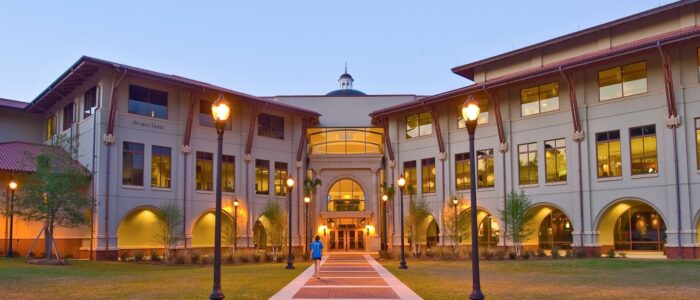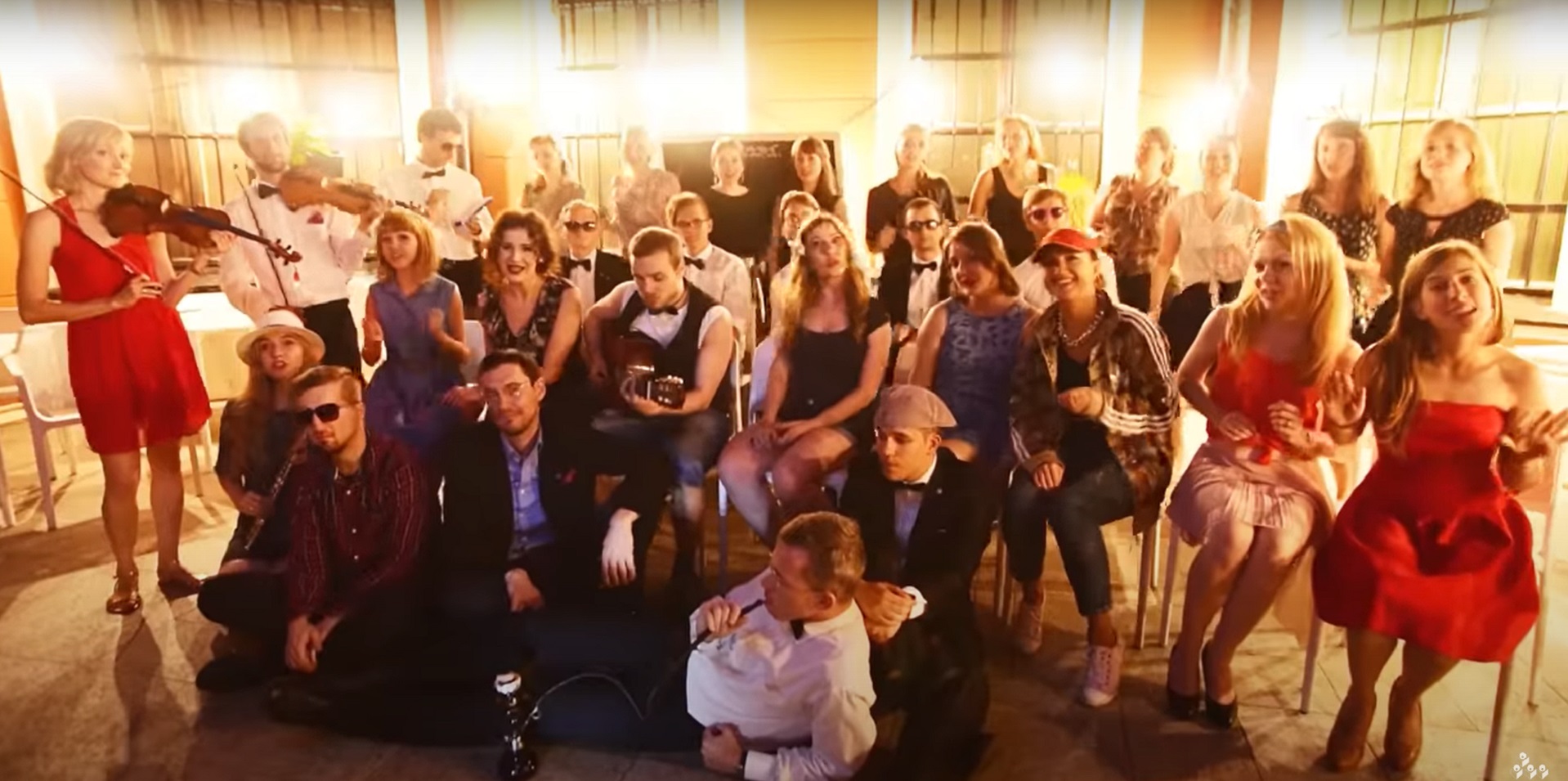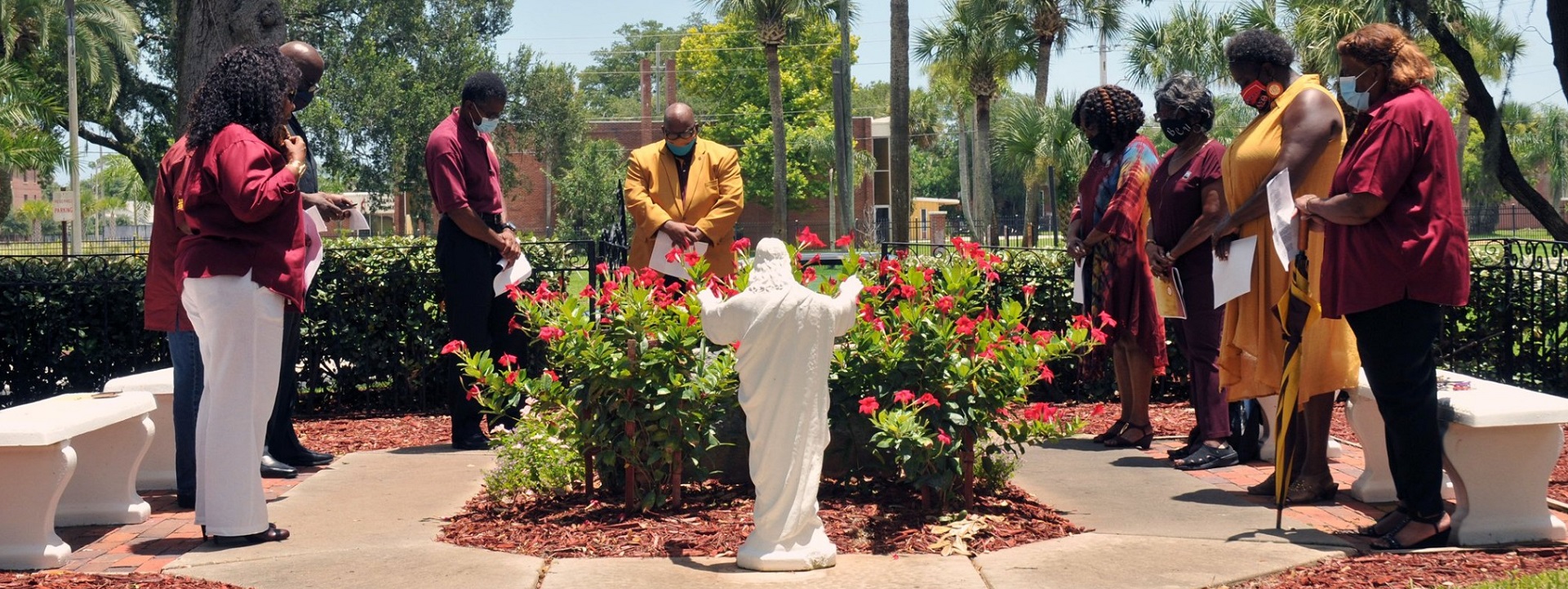The IEEE Education & Healthcare Facilities Committee has completed a chapter on recommended practice for designing, building, operating and maintaining campus exterior lighting systems in the forthcoming IEEE 3001.9 Recommended Practice for the Design of Power Systems for Supplying Commercial and Industrial Lighting Systems; a new IEEE Standards Association title inspired by, and derived from, the legacy “IEEE Red Book“. The entire IEEE Color Book suite is in the process of being replaced by the IEEE 3000 Standards Collection™ which offers faster-moving and more scaleable, guidance to campus power system designers.
Campus exterior lighting systems generally run in the 100 to 10,000 fixture range and are, arguably, the most visible characteristic of public safety infrastructure. Some major research universities have exterior lighting systems that are larger and more complex than cooperative and municipal power company lighting systems which are regulated by public service commissions.
While there has been considerable expertise in developing illumination concepts by the National Electrical Manufacturers Association, Illumination Engineering Society, the American Society of Heating and Refrigeration Engineers, the International Electrotechnical Commission and the International Commission on Illumination, none of them contribute to leading practice discovery for the actual power chain for these large scale systems on a college campus. The standard of care has been borrowed, somewhat anecdotally, from public utility community lighting system practice. These concepts need to be revisited as the emergent #SmartCampus takes shape.
Electrical power professionals who service the education and university-affiliated healthcare facility industry should communicate directly with Mike Anthony (maanthon@umich.edu) or Jim Harvey (jharvey@umich.edu). This project is also on the standing agenda of the IEEE E&H committee which meets online 4 times monthly — every other Tuesday — in European and American time zones. Login credentials are available on its draft agenda page.
Issue: [15-199]
Category: Electrical, Public Safety, Architectural, #SmartCampus, Space Planning, Risk Management
Contact: Mike Anthony, Kane Howard, Jim Harvey, Dev Paul, Steven Townsend, Kane Howard
LEARN MORE:































